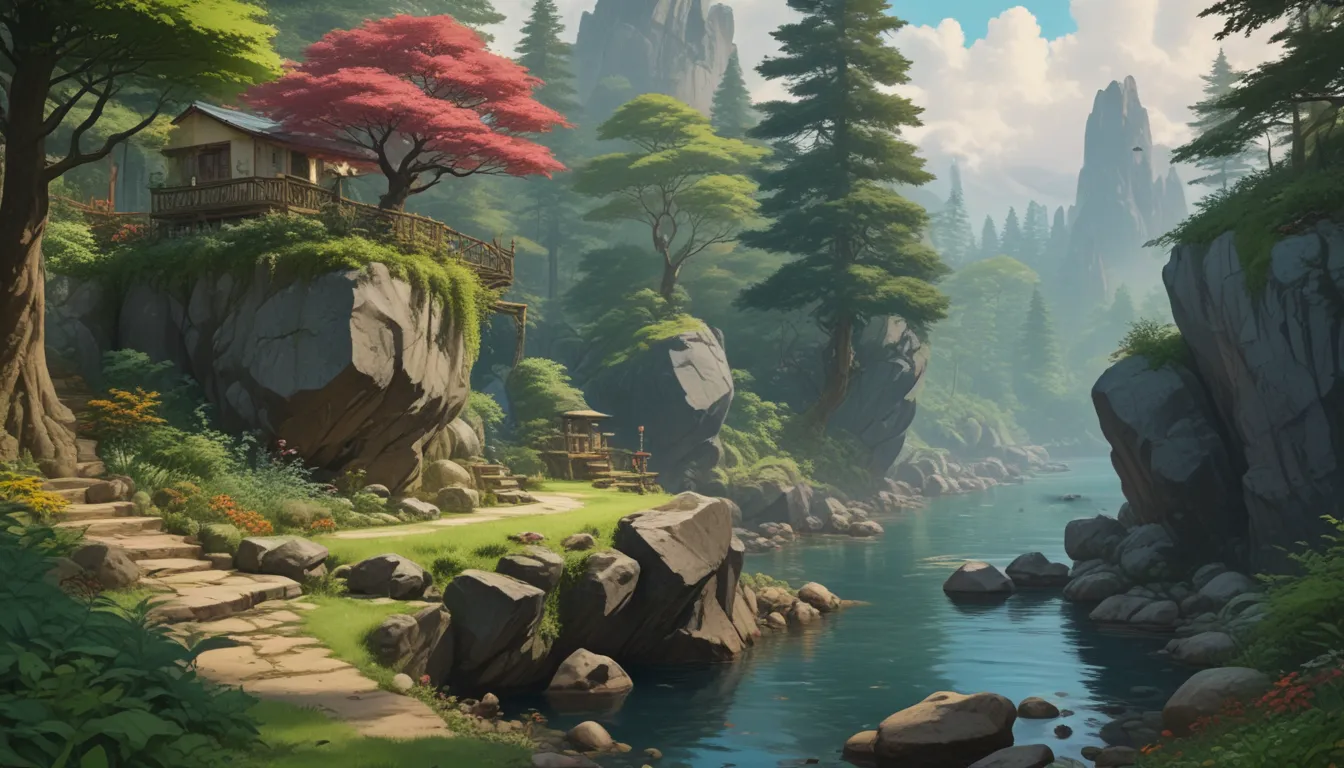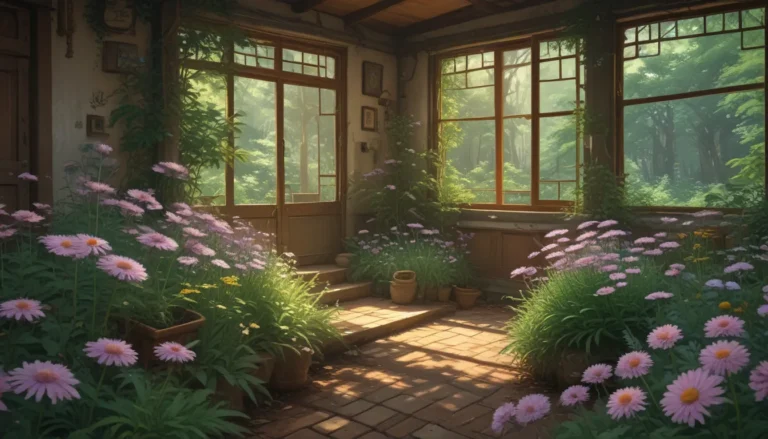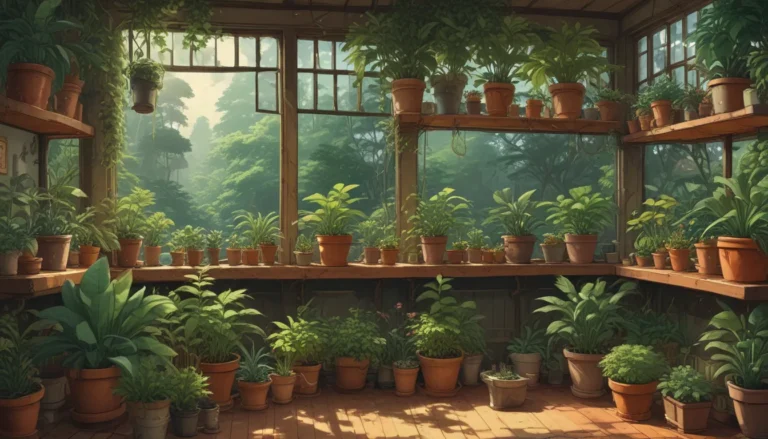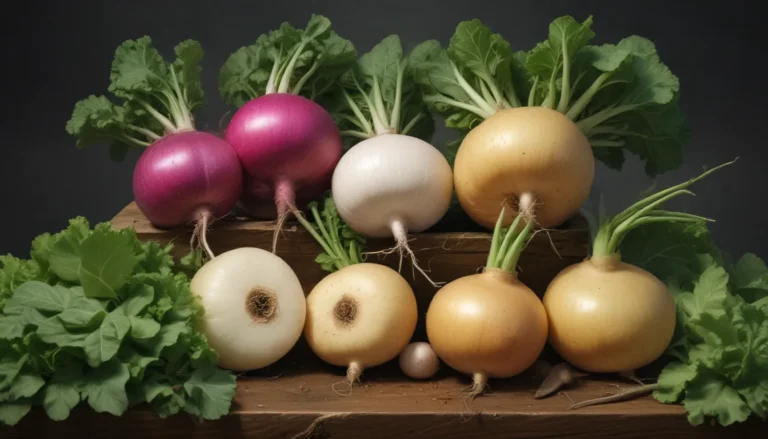Comprehensive Guide to Landscaping with Boulders

When it comes to landscaping, plants often steal the spotlight, leaving boulders as a mere afterthought. But the truth is, incorporating boulders into your landscape design can add a unique aesthetic and structural element that enhances the overall appeal of your outdoor space. In this in-depth guide, we will explore everything you need to know about landscaping with boulders and how to make the most of these natural elements in your garden. So, let’s dive in and discover the art of boulder landscaping together!
Why Boulders?
Before we delve into the nitty-gritty details of landscaping with boulders, let’s first understand why these massive stones are worth considering for your outdoor space:
Aesthetics
Boulders can add visual interest and texture to your landscape, creating a unique focal point that complements your plants and other elements. Whether used as standalone features or integrated into existing structures, boulders bring a natural charm and beauty to any garden.
Structural Elements
In addition to their visual appeal, boulders can also serve a practical purpose by creating structures within your landscape. From retaining walls to stepping stones, these sturdy rocks add stability and durability to your outdoor environment, making them both functional and decorative.
Low Maintenance
Unlike plants that require constant care and attention, boulders are low-maintenance landscaping elements that require minimal upkeep. They do not wilt, attract pests, or need regular watering, making them an ideal choice for busy homeowners looking for a hassle-free landscaping solution.
Boulders 101
To begin our journey into the world of boulder landscaping, let’s start with some basic information about these natural elements:
- Boulders are defined as stone fragments with a diameter larger than 10 inches, making them distinct from smaller stones like cobbles and pebbles.
- Boulders come in a variety of sizes, shapes, and textures, ranging from round and smooth to angular and jagged.
- They are available in an array of materials, including sandstone, granite, basalt, quartzite, limestone, slate, and marble, each offering unique colors and characteristics to enhance your landscape design.
Selection Tips
When choosing boulders for your landscaping project, consider the following tips to ensure you make the right decisions:
Local Geology
Take into account the natural rock formations in your region to select boulders that complement the local landscape. Choosing native stones can create a harmonious and authentic look, while incorporating contrasting colors and textures can add interest and diversity to your garden.
Have a Plan
Before purchasing boulders, create a design plan that outlines their placement and integration with other elements in your landscape. This will help you avoid costly mistakes and ensure a cohesive and well-thought-out final result.
Size Matters
Don’t underestimate the size of the boulders you need for your property. While going big can make a bold statement, be mindful of creating a balanced and visually appealing composition that suits your space and enhances its overall aesthetic.
Color Psychology
Use color to set the mood and atmosphere in your garden by selecting boulders in hues that complement your existing plantings and outdoor decor. Consider the feelings you want to evoke and choose colors that reflect the desired ambiance in your outdoor oasis.
Contrast With Plantings
Create visual interest and balance in your landscape by contrasting boulders with plantings that complement and enhance their natural beauty. Mix vibrant ground covers with laid-back rocks to create a dynamic and harmonious interplay between hardscape and softscape elements.
Placement Tips
Now that you have selected your boulders and planned their integration into your landscape, it’s time to focus on their placement for maximum impact and visual appeal:
- Bury boulders partially in the ground to create a sense of permanence and age, giving them a weathered and natural look that blends seamlessly with the environment.
- Group boulders together in clusters to create a cohesive and natural arrangement that mimics the randomness of nature and avoids a solitary and out-of-place appearance.
- Create levels and elevations with boulders to add texture and interest to your landscape, using them to form retaining walls, steps, and ridges that break up flat spaces and provide visual diversity.
- Keep your arrangements varied and asymmetrical to mimic the organic and irregular patterns found in nature, avoiding uniformity and repetition that can detract from the natural beauty of the stones.
- Trust your instincts and adjust your boulder placements as needed to achieve a visually pleasing and aesthetically pleasing result that reflects your personal style and preferences.
Conclusion
Congratulations on completing this comprehensive guide to landscaping with boulders! By incorporating these tips and techniques into your outdoor design projects, you can transform your garden into a beautiful and functional oasis that showcases the natural beauty of these unique landscaping elements. Whether you’re a novice landscaper or a seasoned gardener, boulders offer endless possibilities for creativity and innovation in your outdoor space. So, get ready to rock on and elevate your landscape with the timeless beauty of boulders!
For more inspiration and garden design ideas, check out our guides on creative uses for bricks in landscape design, choosing the best lighting for your garden, and updating your landscape with innovative garden paths and walkways. And don’t forget to share your thoughts and experiences in the comments below. Happy landscaping!





